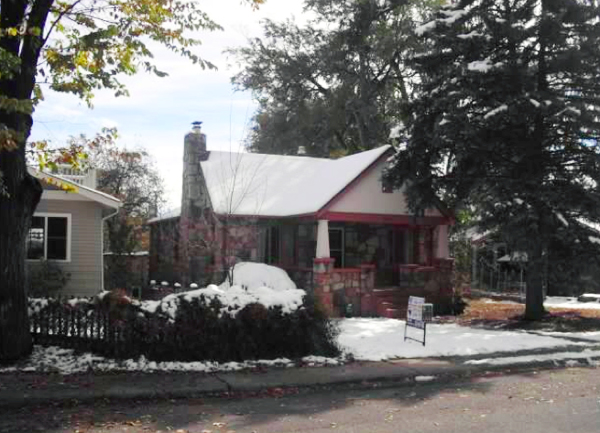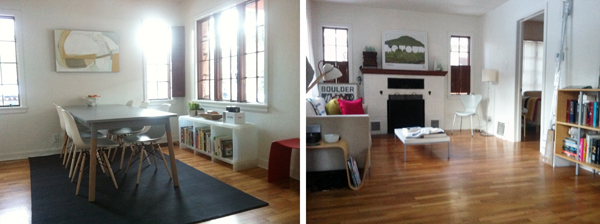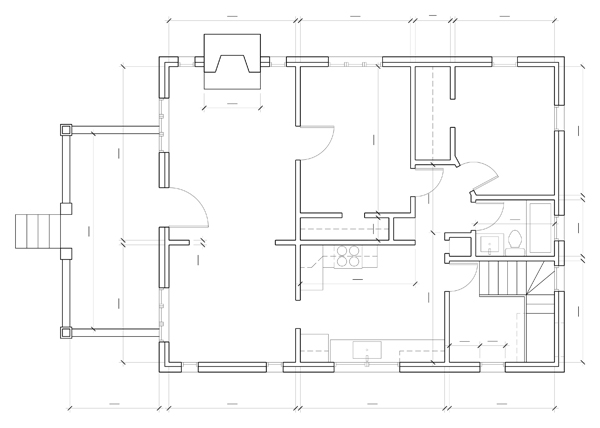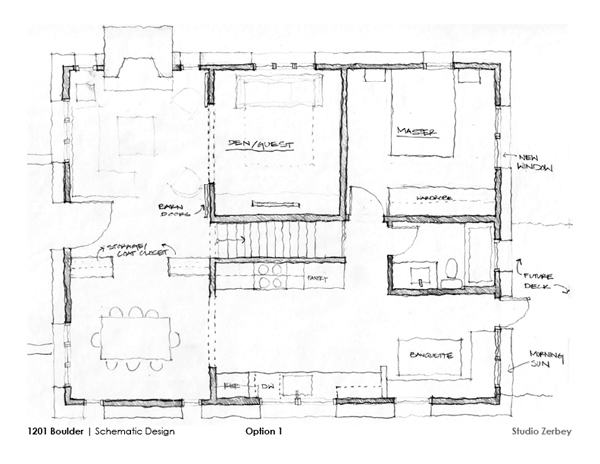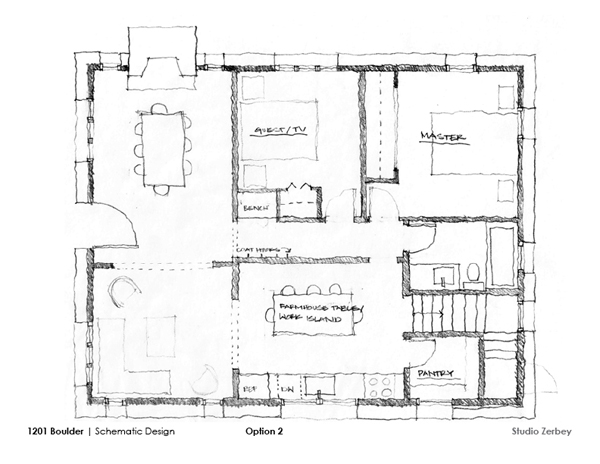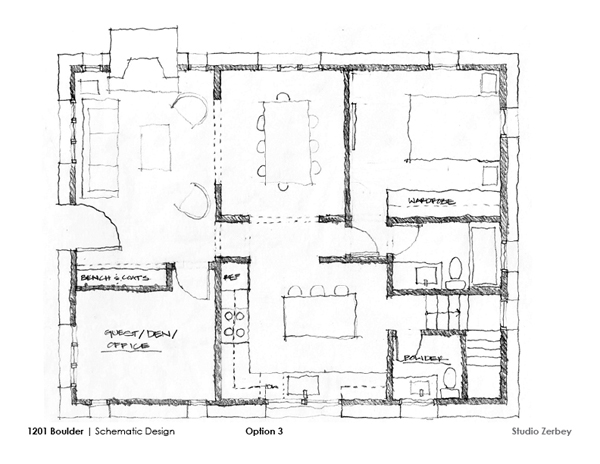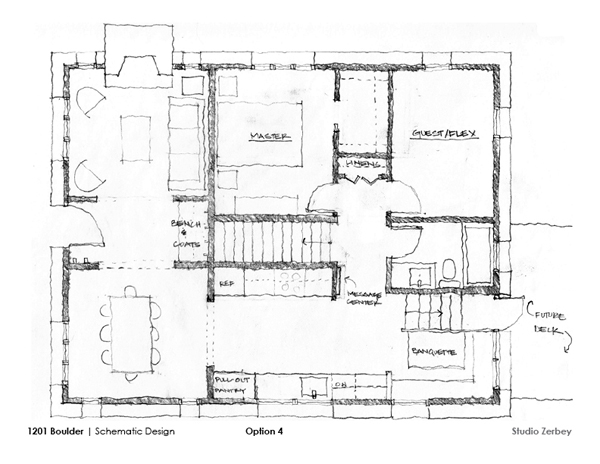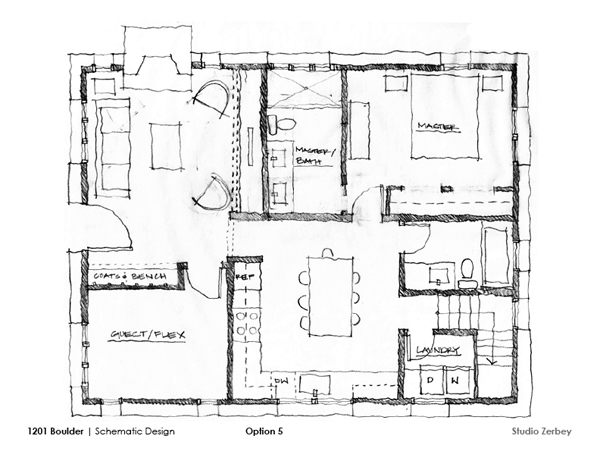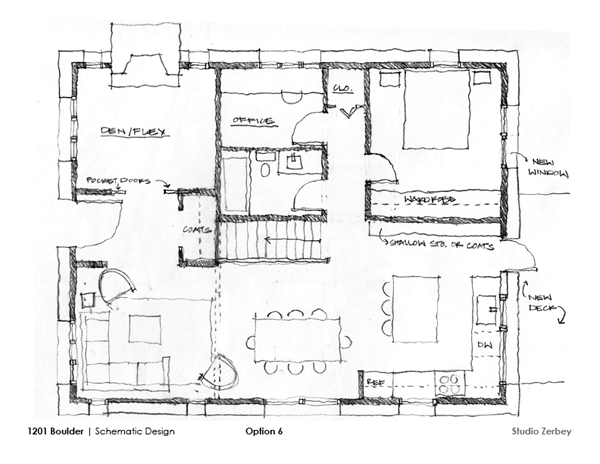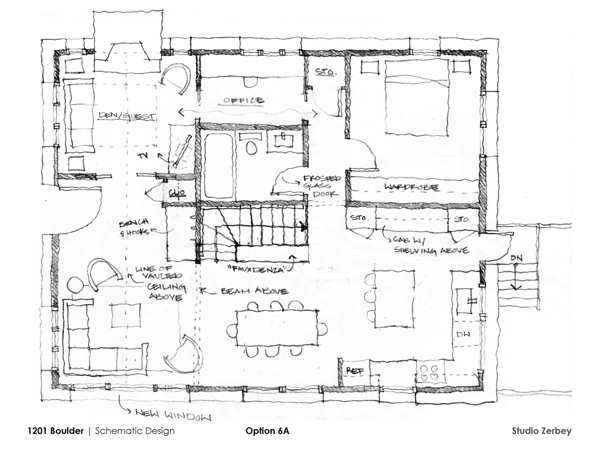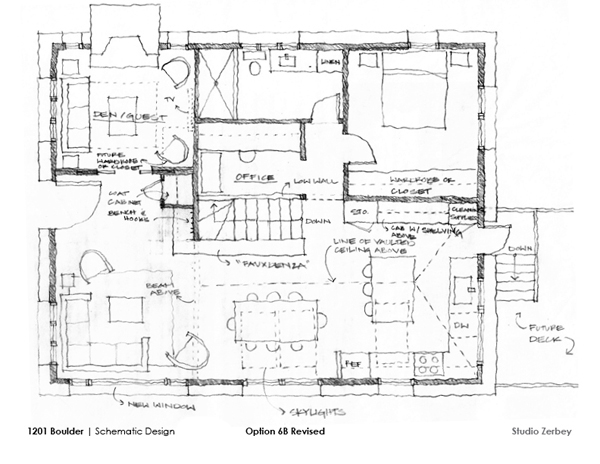In the last few years and especially since the announcement of Studio Zerbey, I’ve received several inquiries from friends and fellow blog readers about design services. Typically, they’re homeowners who want to tackle their own remodel but need a little guidance first. The only glitch – they usually don’t live in Seattle. So, a deal-breaker huh?
Nope!
Unlike others in the design field who can easily work with clients all over the world, architects tend to keep things local. And for good reason – when working with physical and permanent structures, having an architect who is nearby makes a lot of sense. But it’s not totally necessary. (In fact, most of mine and Kyle’s experience is working with clients on projects outside of Seattle.) The truth is, not everyone has access to architects in their town or sometimes it’s hard to find a right fit. When it comes to your own home, design is an incredibly personal process and it’s important to work with someone who understands what the goals are and can help you achieve them.
There is also the common assumption that architecture can only be afforded by a certain few and well, that’s simply not true. Part of my drive to start Studio Zerbey was to debunk this myth and show how architects can play an important role on projects of all shapes and sizes.
Case in point – earlier this year, I had the pleasure of working with a couple in Colorado on their recently purchased 1940’s home. I think the process is a good example of how an architect (oh, like myself…) can work remotely and provide non-traditional services.
The homeowners, Leslie and John, bought this cute little home in Boulder last year. Although it certainly has a lot of charm (both inside and out), the layout didn’t make sense for the way they currently live. (In fact, one of the reasons they contacted me was because their floor plan was so similar to our original layout.) They also knew that the house required non-cosmetic updates (some more immediate than others) and that those updates could have an impact on future design changes. Like many homeowners, they plan on remodeling via a combination of DIY and hiring the work out. They also plan on living in the home during the remodel so the idea of phasing became very important.
The challenge – come up with a holistic design direction that could be broken up into phases as time and budget allow.
Even though Leslie snapped the above photos with her phone shortly after moving in, it helped me realize that 1) they already have an eye for good design and 2) we could push things in a more modern direction. (Woohoo!)
After some initial discussions, Leslie and John sent me additional information and photos of their home so that I could put together a proposal. For their immediate purposes, they needed help with establishing a general design direction (mostly in the way of floor plan layouts) as well as a game plan for how the project could be phased and what materials and products they might use.
In a typical remodel, the architect goes to the home and takes “as-built” measurements of everything in order to verify existing conditions and create digital drawings. For this project, instead of traveling to Boulder the clients and I agreed to handle everything remotely. So with the help of photos, videos, real estate documents and the homeowners themselves, I was able to put together this floor plan showing their existing layout (the blank dimension strings were a homework assignment for Leslie and John to help me verify that I had drawn the plan accurately):
It’s very similar to our original layout, isn’t it? (Their house is a smidge bigger, allowing that second smaller bedroom.) Leslie and John also have a full (but mostly unfinished) daylit basement, which allows some additional flexibility and a great space for staging or temporary living during the remodel process.
After collecting lots of information and producing baseline as-built drawings, my next step was to come up with several schematic layout options. Armed with trace paper and pencils, I came up with 6 different layouts based on both the needs of the clients as well as practical elements, like existing load-bearing walls and window and plumbing locations. In a way, I approached the process as if it were my own home.
Like chezerbey, their home is modest in size so every square inch counts. Primarily, they needed more functional bedrooms and a living/dining/kitchen area that was more cohesive. They also wanted a better connection to the basement and more efficient storage throughout (especially for coats and boots in snowy Boulder).
After reviewing the different layouts and discussing them back and forth via email and phone conferences, Leslie and John narrowed it down to one scheme that could be explored further (yes, we dubbed it the “chezerbey” scheme). Although this scheme involves more dramatic changes, it was the one that made the most sense for the way they’ll use the space. (They were also ok with losing one of the dedicated bedrooms since they still have their entire basement to utilize.) While everyone was on board with the general direction, we wanted to experiment a bit more with the central knuckle of the home and how a small office could be incorporated next to a new master bathroom.
These two variations also show (because of their existing roof form) how the ceiling could be vaulted over the living/flex zone or the kitchen/dining zone. The challenge with taking down walls and opening things up is that you lose that precious real estate for furniture. That’s why, like in our own house, I proposed a stair cabinet or “fauxdenza” (thanks Anna!) to help make up for the reduction in wall space. Another element that I love (and wish we had in our house!) is the full wall of storage in the kitchen. The two variations show that this could be divided up any numbers of ways depending on what the needs are (all pantry or a mix of storage and display space for example). Finally, while having some type of mudroom at the entry was critical, we played with whether this included a bench with cubbies and exposed hooks or something more like a coat closet.
After a bit more discussion, the two options were ultimately combined to create the final floor plan you see above. Although no square footage was added to the home, reconfiguring the spaces achieved a number of things:
Finally, because replacing the original wood windows is high on their priority list, I helped Leslie and John come up with a strategy for how they could have that work done first without negatively impacting future projects on the inside of the house. (We’ve also started a conversation about different basement layouts and a potential pre-fab garage/shop in the backyard.)
Working with Leslie and John has been a great experience and cemented my desire to help other homeowners with their own funky layouts and design challenges. If you think Studio Zerbey could help you out, let’s talk!
